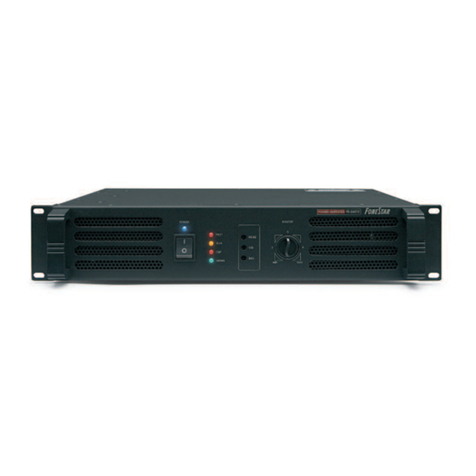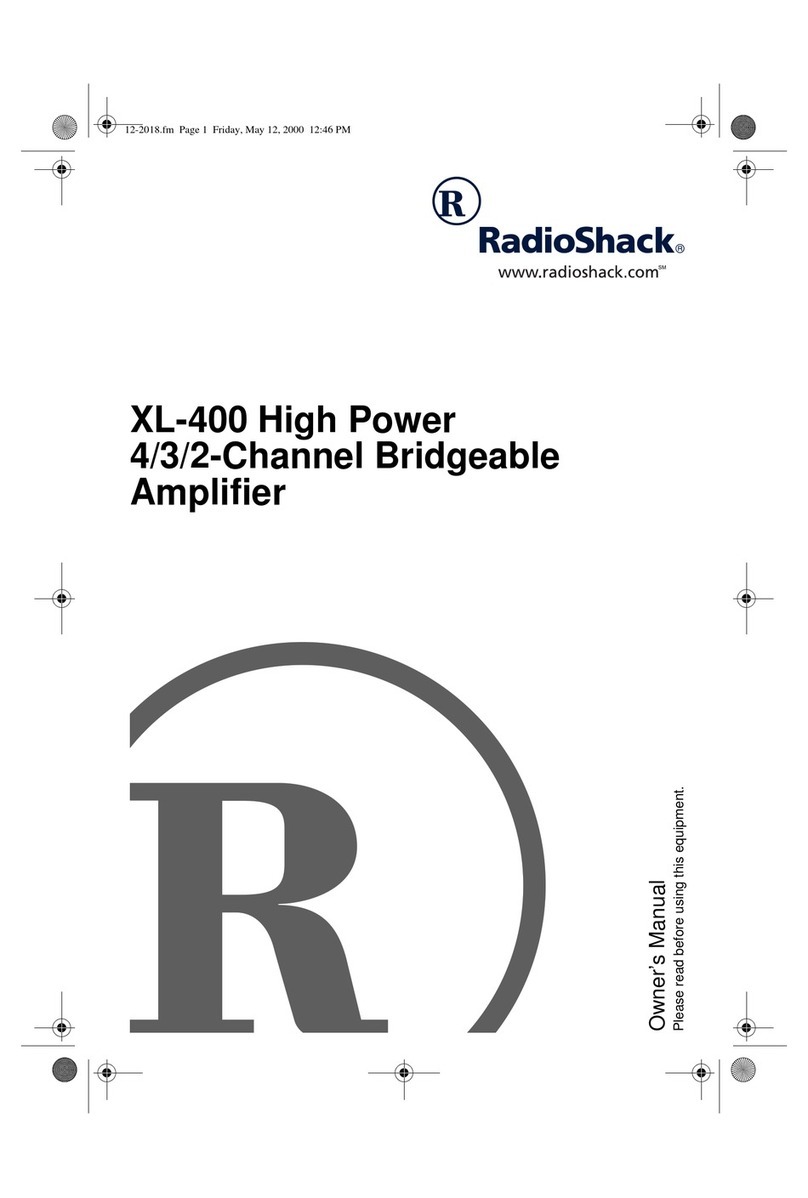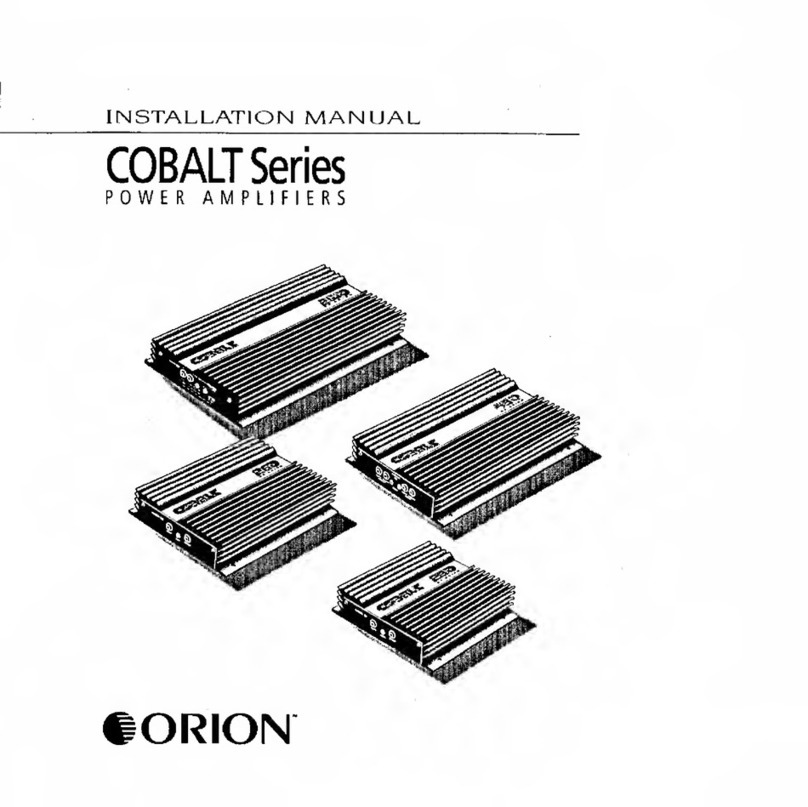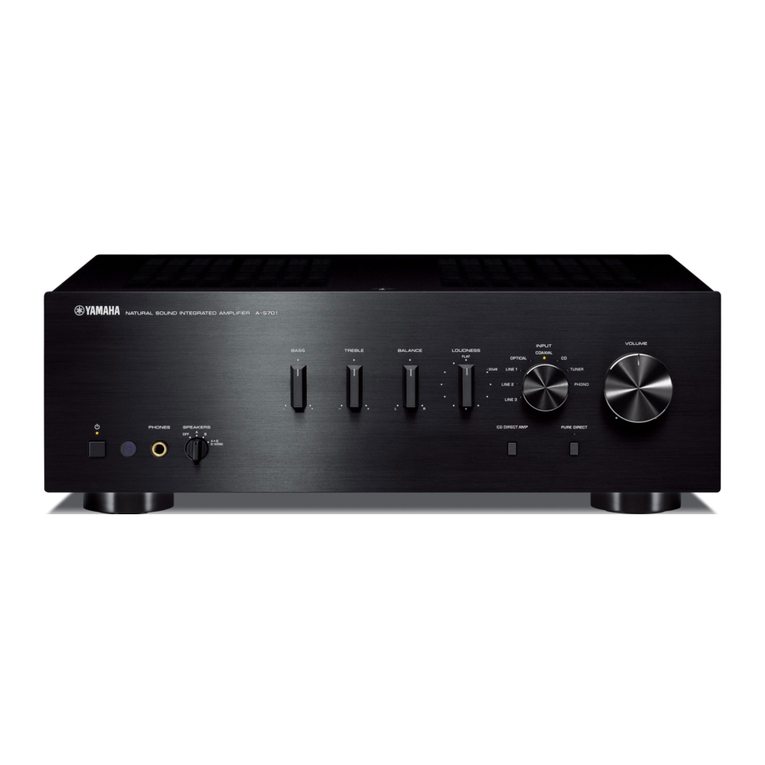Linnenberg ALLEGRO User manual

Owner’s Manual
ALLEGRO

2

3
Introduction
ALLEGRO delivers the superiority and authority of
a linear class AB amplifier - even in demanding
applications. It features high current capability
and operating speed not to be found in I -
amplifiers aka “gain-clone” or any class D
design. lever construction techniques enabled
us to build an amplifier with high packing
density, consequently making the signal and
power paths extremely short.
Thank you for
purchasing the
ALLEGRO !

4
ontrols - front
(Figure 1)
Front side
power ( on /
off ) switch
Blue power
on LED and
status
indicator

5
onnections - rear
(Figure 2)
63A binding post
s
for speaker
connection black =
minus, red = plus
XLR <
-
>
R A
input
select
switch
XLR
female
input
R A
(cinch)
input
IE appliance
inlet and hard
wired mains
switch

6
Basic connections
Room temperatures over 30 degrees elsius
and / or extreme humidity should be
avoided. Keep away from heat sources like
radiators, heating, ovens or similar
appliances dissipating heat. It is important to
maintain an adequate supply of airflow to
prevent overheating.
!
Place the unit on a solid, flat level surface such
as a shelf or directly on the floor. Virtually, there
are no limitations on where to position your
ALLEGRO. We suggest positioning the unit so that
the connecting cables remain short.
Before connecting the ALLEGRO to your
mains the first time, check if the indicated
mains voltage is in accordance with your
home supply. Never plug an 115V version in
a 230V mains socket or serious damage will
occur.
!

7
First, establish the A – power connection. The
IE mains input (Figure 2) is located on the rear
panel. Make sure that the A mains switch is set
to (0) = OFF. onnect the power cord to the IE
mains input and plug it into your wall outlet or
high quality power strip.
ALLEGRO offers two inputs; one balanced and
one in single ended configuration. The toggle
switch is used to select the chosen input. When
you have a choice, a properly implemented
balanced connection will offer higher sound
quality than a single-ended connection. The
amplifier can be driven by a preamplifier or
directly from a line – level source that has a
volume control.
onnect your loudspeakers to the amplifier. The
speaker cable can be connected via spade
plugs or via banana plugs. Before turning the
amplifier on, make sure that all cables have
been connected firmly and in correct polarity.

8
Operation
With the speakers and the source connected,
switch the rear mains switch to (1) = ON and flip
the front panel toggle switch (Figure 1)
downwards to activate the amplifier. The blue
LED will come on. After switching to operating
mode the protective circuits take 5s to check all
circuits of the power amplifier before enabling
the speaker outputs.
There is no need to operate the mains ON / OFF
switch on the back side since the standby
power consumption is less than 0,5W. As it is
common practice, disconnect ALLEGRO from the
mains during a thunderstorm or when going on
vacation.
Protection circuits
ALLEGRO provides comprehensive protection for
both the amplifier and your loudspeakers,
including faults that may occur in your source
components.
If the unit is operated at high playback levels
with insufficient ventilation, the internal
temperature may become too high, triggering
the thermal protection circuitry. In this case the
amplifier will shut down, the front-panel status
LED will blink at a 1s (slow) rate.

9
Likewise, if the surveillance circuit detects the
presence of D at the output terminal, the
amplifier will shut down too. Here, the blue LED
blinks at a 0.5s (quick) rate. Unallowable D
voltages can origin from the source component
or the ALLEGRO amplifier itself. To isolate the
source of the problem, disconnect the audio
input cable from the ALLEGRO amplifier before
proceeding any further.
In case the amplifier has shut down and the
front-panel status LED is blinking, the front-panel
switch will be inoperative. In order to revert to
normal operation, the fault cause must be
rectified. There after, one has to cycle the rear
mains switch from (1) to (0) and then back to (1)
again.
If the error message persists, the amplifier hasn’t
cooled down sufficiently, or the unit itself is faulty.
If the D error only shows up, when the source is
connected, the source component is faulty. In
both cases consult your dealer.
An overcurrent condition is monitored
permanently. If the output current to the
loudspeakers exceeds 25A the amplifier limits
power dissipation in the MOSFET output
transistor to safe levels, protecting speakers and
the amplifier.

10
Mains voltage selection / fuse replacement
The following work should only be carried
out by a qualified technician in accordance
to highest electrical safety standards. Risk of
electric shock. !
Replacing the fuse
The fuse must be replaced by a 6,3AT type
(5x20mm). Never attempt to short the fuse
holder. Normally the fuse should never blow – if
it has, it is a sign of a serious fault condition.
Further investigation is needed.
Mains voltage
Altering the mains input voltage range from
115V to 230V or vice versa is done by changing
the fuses according to the figure 3 below. You
will need 1x 6,3AT for 230 V operation and 2x
6,3AT for 115V operation. Never attempt to
apply any other fuse configuration or a short
circuit condition will occur.

11
(Figure 3)
220 – 230V mains voltage: use 1 x fuse 6,3AT
in place F1
110 – 115V mains voltage: use 2 x fuse 6,3AT
in place F2 and F3

12
Specifications
Input sensitivity : 1,5 V rms
Input
impedance:
22k Ω (single ended R A)
44k Ω (balanced XLR)
Gain : 22,8 dB
Power output : 55W/8Ω
90W/4Ω
105W/2Ω
Peak output
voltage :
68 V pp
Peak output
current :
+/- 20A continuous 1 : 10
cycle
Frequency
range :
0 … 350 kHz
with filters
0 … 1MHz
without filters
Full power
bandwidth :
0 … 300kHz
Rise time : 700ns
Damping
factor :
> 500
Signal to Noise
ratio (SNR) :
116dB linear BW = 30kHz
120 dB (A)
Distortion and
noise (THD+N) :
0,004%
(Table 1)

13
THD @ -1dB full power output @ 8Ω vs. frequency
(Figure 4)
THD @ 1kHz @ 8Ω vs. power output
(Figure 5)

14
Square wave @ +/- 10V @ 8Ω @ 20kHz
(Figure 6)

15

16
E declaration of conformity
Product Type: Power amplifier
Model: ALLEGRO
Linnenberg-Elektronik declares that this product
complies with the Low Voltage Directive
2014/35/EU and the Electromagnetic
ompatibility Directive 2014/30/EU as well as the
Ecodesign Directive 2009/125/E .
The unit meets all currently valid regulations only
in its original condition. The original, unaltered
factory serial number must be present on the
outside of the unit and must be clearly legible!
The serial number is an essential part of our
conformity declaration and therefore of the
approval for operation of the ALLEGRO. The
serial numbers on the unit and in manual, must
not be removed or modified, and must
correspond.
Furthermore, the unit has been found to comply
with the limits for a lass B digital device,
pursuant to Part 15, subpart B (unintentional
radiators) of the F rules.
LINNENBERG – ELEKTRONIK
Germany
Phone: +49/178/7672984
Mail: info @ linnenberg-audio.de

17
Warranty Certificate
LINNENBERG ELEKTRONIK warrants the product
designated herein to be free of manufacturing
defects in material and workmanship, subject to
the conditions hereinafter set forth, for a period
of two (2) years from the date of purchase by the
original purchaser or no later than three (3)
years from the date of shipment to the
authorized LINNENBERG ELEKTRONIK cooperating
partner, whichever comes first.
This Warranty is subject to the following
conditions and limitations. The Warranty is void
and inapplicable if the product has been used
or handled other than in accordance with the
instructions in the owner’s manual, abused, or
misused, damaged by accident or neglect or in
being transported, or the defect is due to the
product being repaired or tampered with by
anyone other than LINNENBERG ELEKTRONIK. The
product must be packed in its original box and
returned to LINNENBERG ELEKTRONIK by the
customer at his or her sole expense. LINNENBERG
ELEKTRONIK will pay return freight of its choice. A
returned product must be accompanied by a
written description of the defect and a
photocopy of the original purchase receipt. This
receipt must clearly list model and serial
number, date of purchase, the name and
address of the purchaser and authorized dealer
and the price paid by the purchaser.

18
LINNENBERG ELEKTRONIK reserves the right to
modify the design of any product without
obligation to purchasers of previously
manufactured products and to change the
prices or specifications of any product without
notice or obligation to any person.
In the unlikely event the above product fails to
meet the above specifications and the above
conditions have been met, the purchaser’s sole
remedy under this Warranty shall be to return
the product to LINNENBERG ELEKTRONIK where
the defect will be rectified without charge for
parts and labour.
This Warranty is for the sole benefit of the
original purchaser of the covered product and
shall not be transferred to a subsequent
purchaser of the product.
Serial No. :

19

20
© Linnenberg Elektronik 2016
Table of contents
Other Linnenberg Amplifier manuals
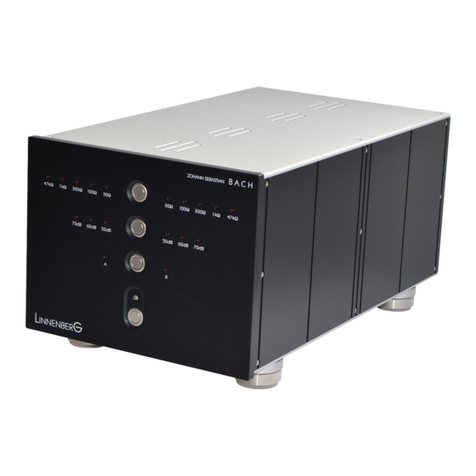
Linnenberg
Linnenberg JOHANN SEBASTIAN BACH User manual
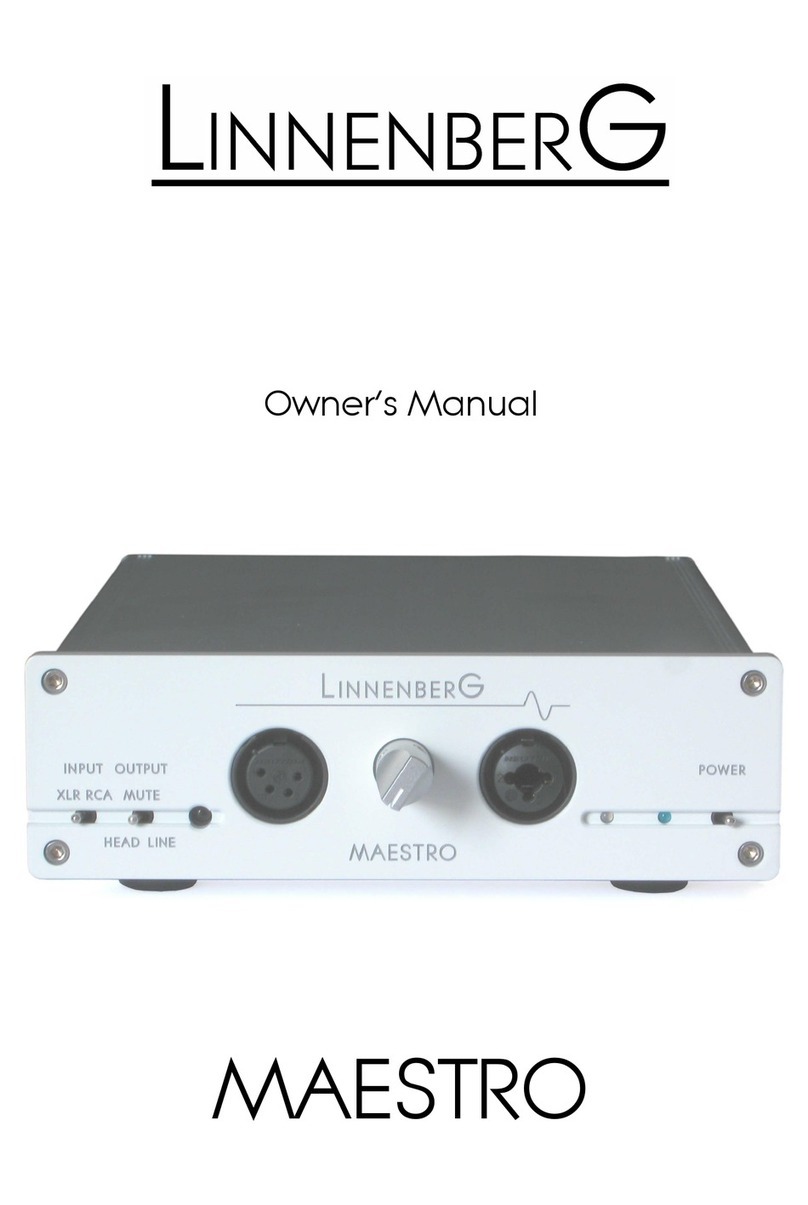
Linnenberg
Linnenberg MAESTRO User manual

Linnenberg
Linnenberg JOHANN SEBASTIAN BACH User manual
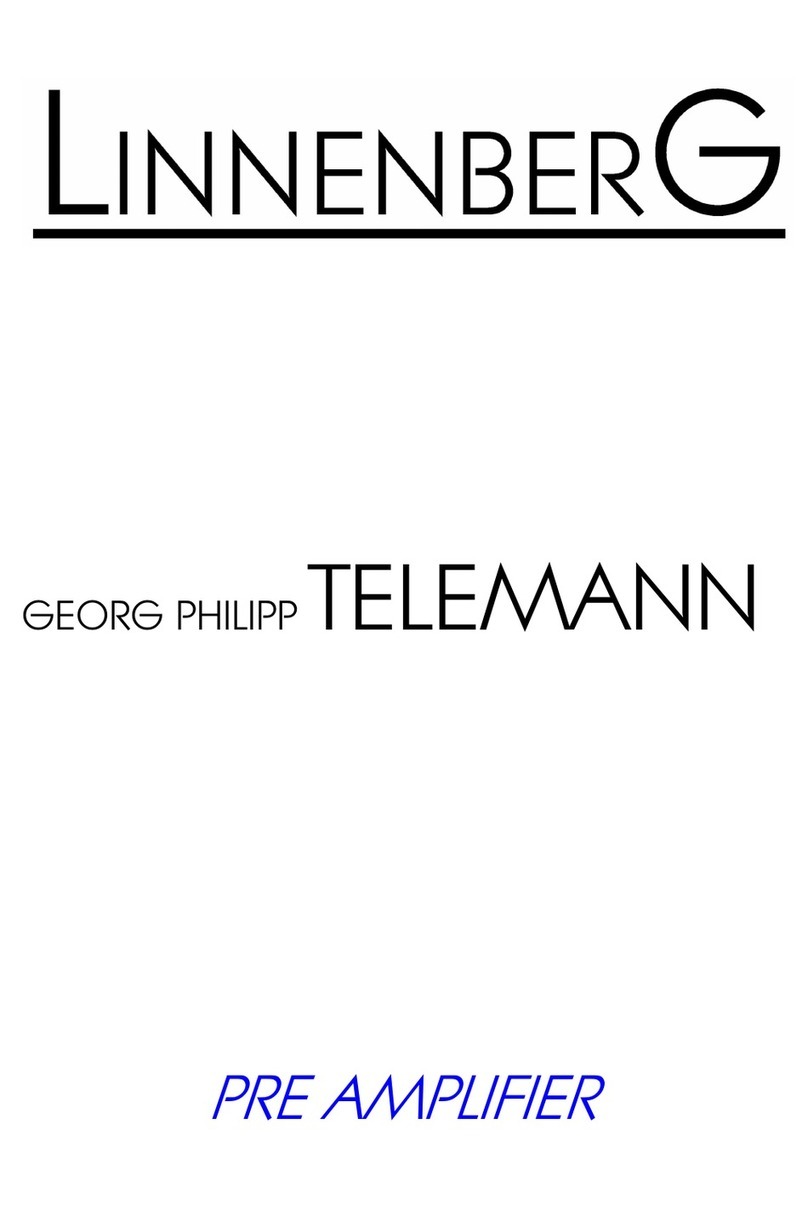
Linnenberg
Linnenberg G.P. TELEMANN User manual
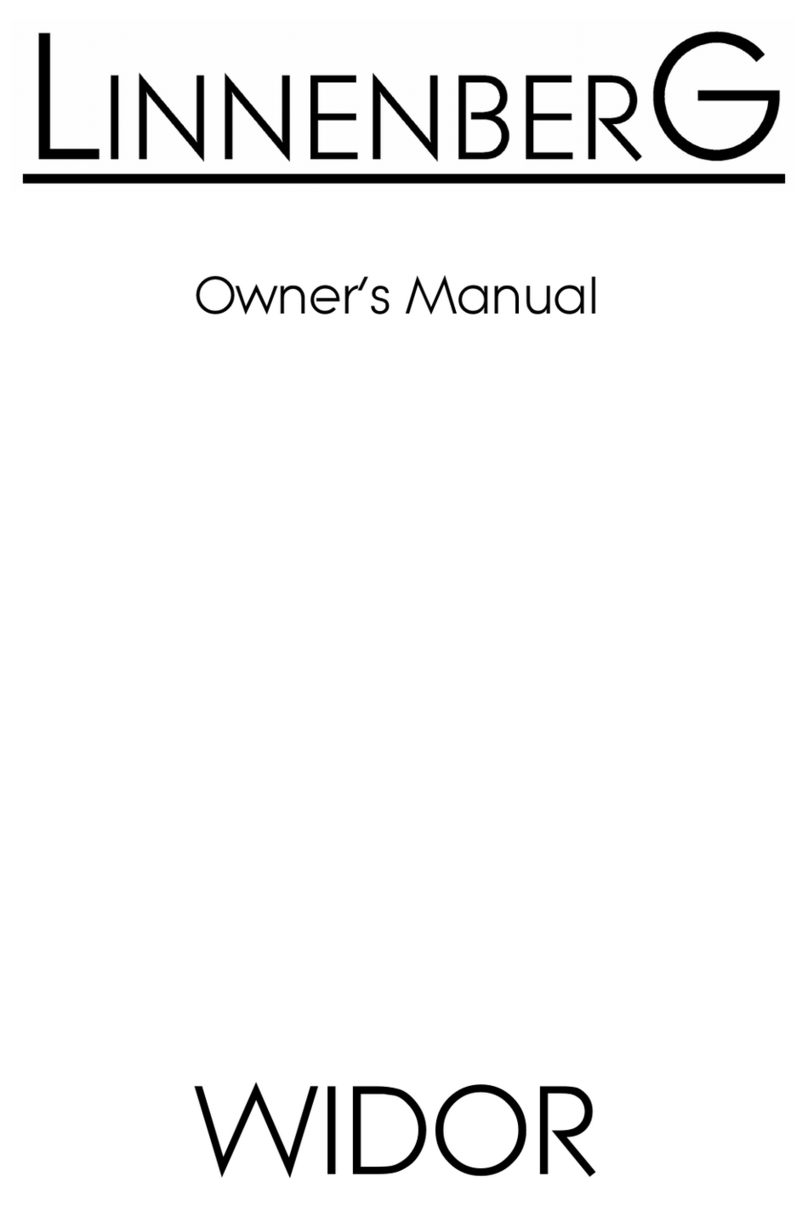
Linnenberg
Linnenberg WIDOR User manual

Linnenberg
Linnenberg HÄNDEL User manual

Linnenberg
Linnenberg BIZET User manual
Popular Amplifier manuals by other brands
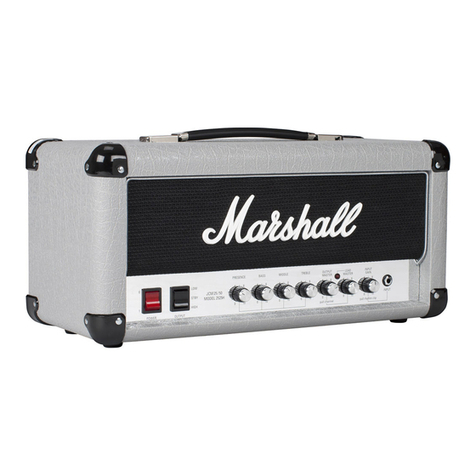
Marshall Amplification
Marshall Amplification MINI JUBILEE 2525H quick start guide
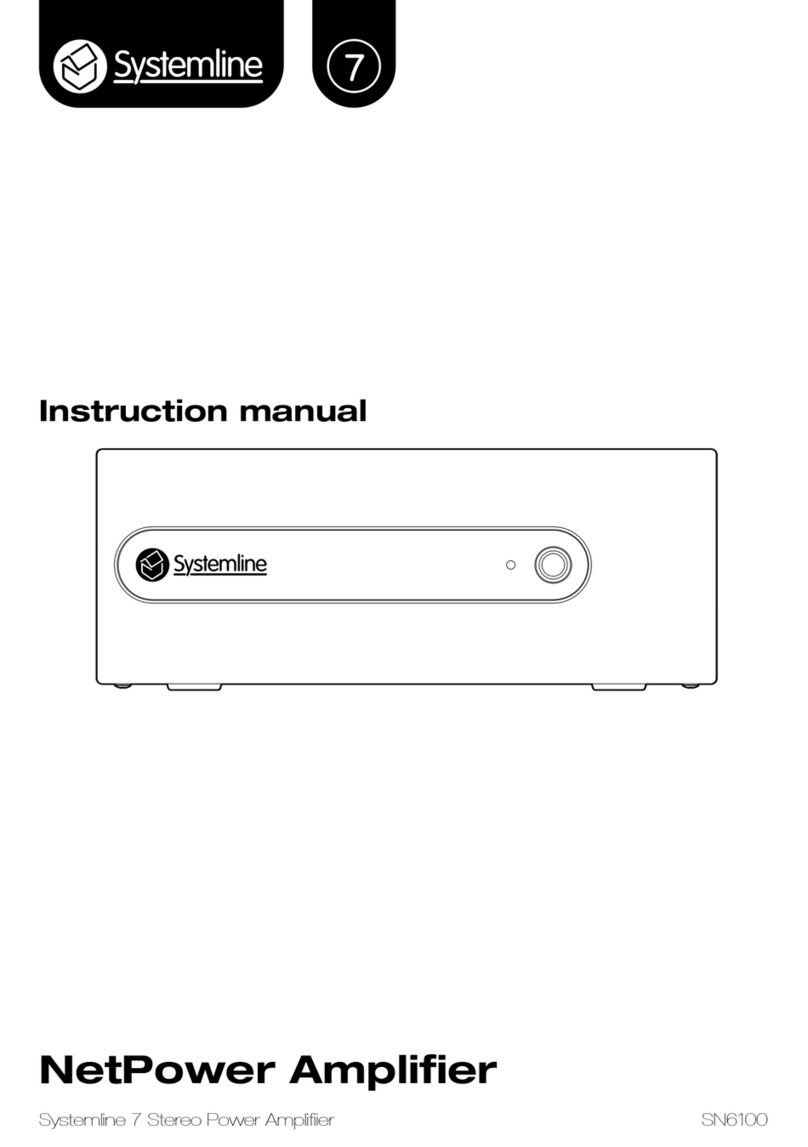
Systemline
Systemline S7 instruction manual
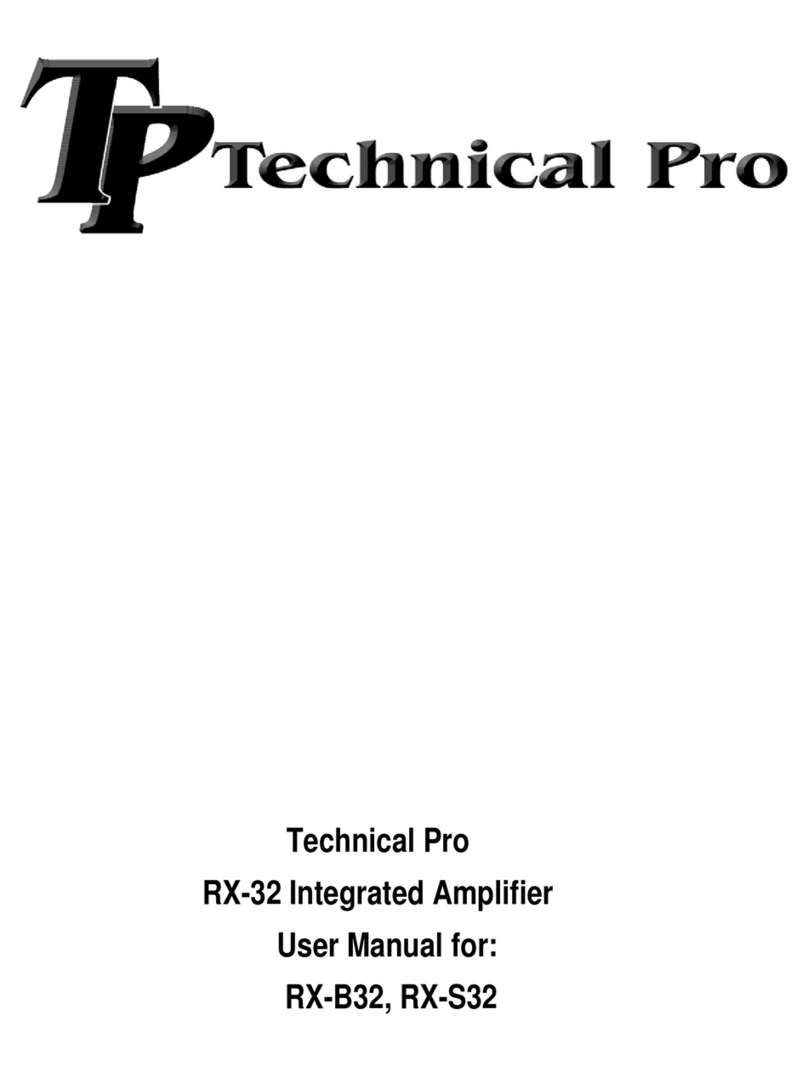
Technical Pro
Technical Pro RX-B32 user manual

University Sound
University Sound MA-1206 owner's manual
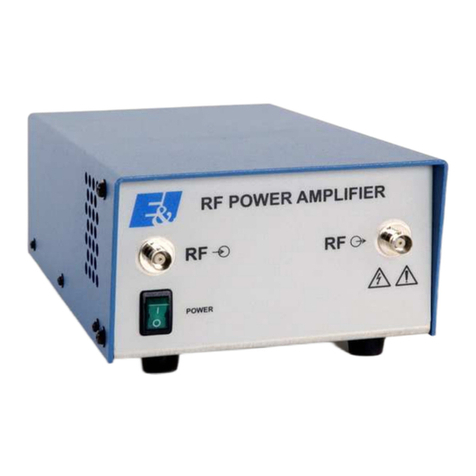
Electronics & Innovation
Electronics & Innovation 403LA manual
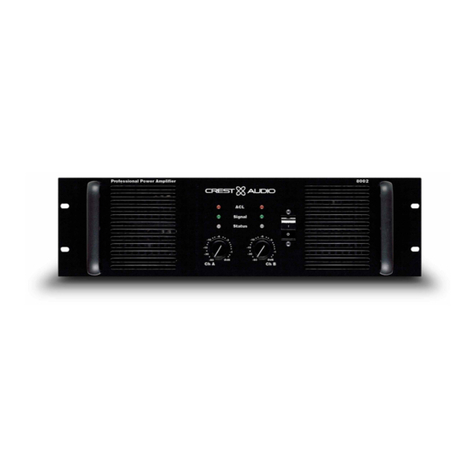
Crest Audio
Crest Audio 8002 Specification sheet




